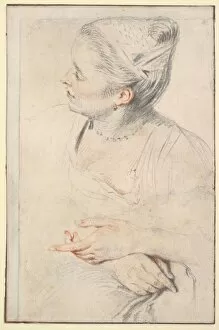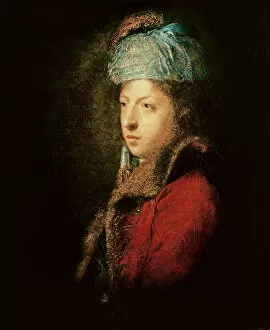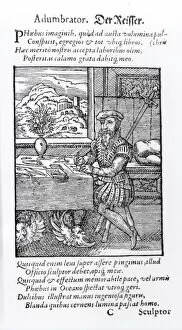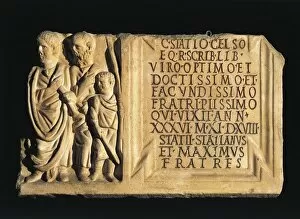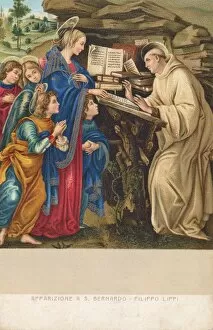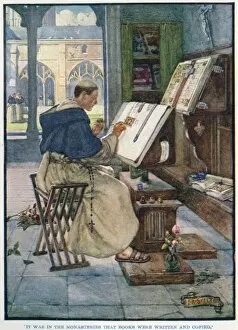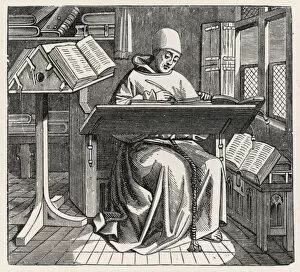Copyist Collection (page 2)
The art of the copyist has spanned centuries, from the days of Duns Scotus, a philosopher-theologian in the 13th century
All Professionally Made to Order for Quick Shipping
The art of the copyist has spanned centuries, from the days of Duns Scotus, a philosopher-theologian in the 13th century, to the scribes diligently copying manuscripts in the Middle Ages. The scriptum q and Ms. Lat 209 fol. 11r showcase their meticulous work on vellum, preserving knowledge for future generations. Even in ancient Rome, selling and manufacturing books was a thriving profession as depicted in a coloured engraving from 1866. This trade continued to flourish through time, witnessed by paintings like "The Death of the Venerable Bede" and "The Just Judges" panel from the Ghent Altarpiece. Flemish workshops produced stunning illuminations on vellum during the 15th century; one such example is seen in an image from Jean Meliot's Les Miracles de Notre-Dame. These intricate works were often captured in black and white photographs or coloured engravings that highlighted their beauty. In bustling rooms like those depicted in engravings titled "Salle des copistes au moyen age" or "Scribe or Copyist, " countless individuals dedicated themselves to this craft during medieval times. Their commitment ensured that knowledge could be disseminated widely. As technology advanced, new methods emerged, such as lithography demonstrated by a boy using a hectograph. Even renowned artists like Edgar Degas found inspiration within this realm; his painting "In the Louvre" captures a scene where copyists meticulously recreate masterpieces on canvas. Through these various depictions across history, we gain insight into how copyists have played an essential role not only in preserving literature but also contributing to artistic reproduction and dissemination of knowledge for generations to come.

